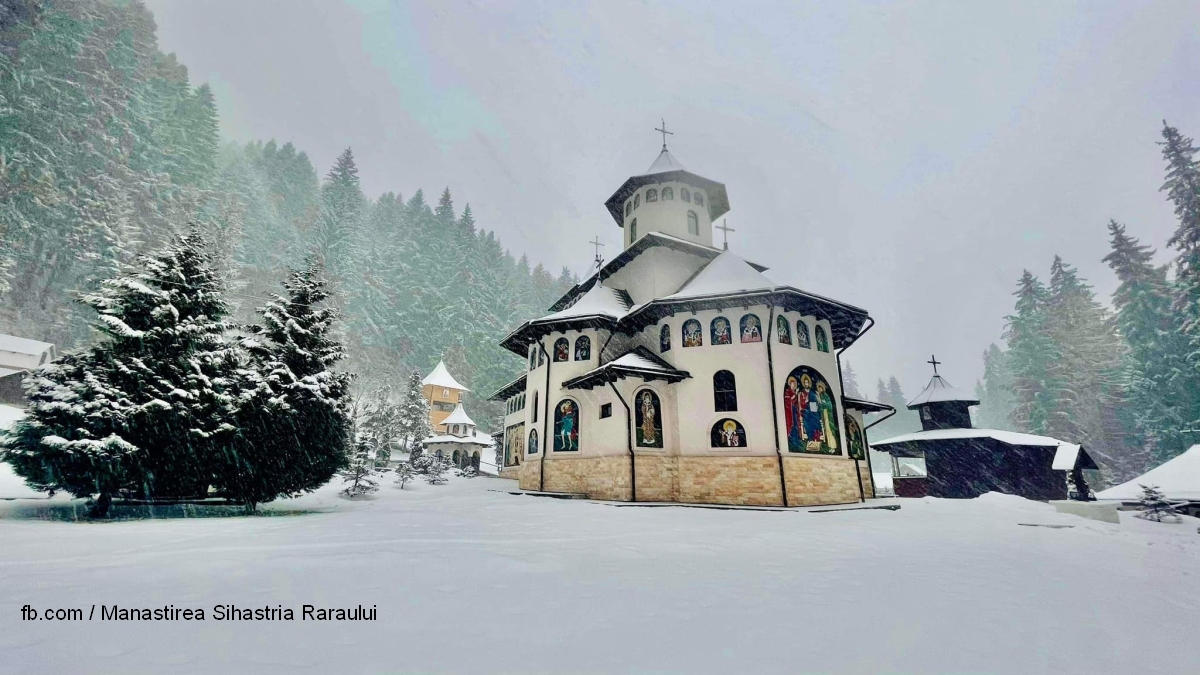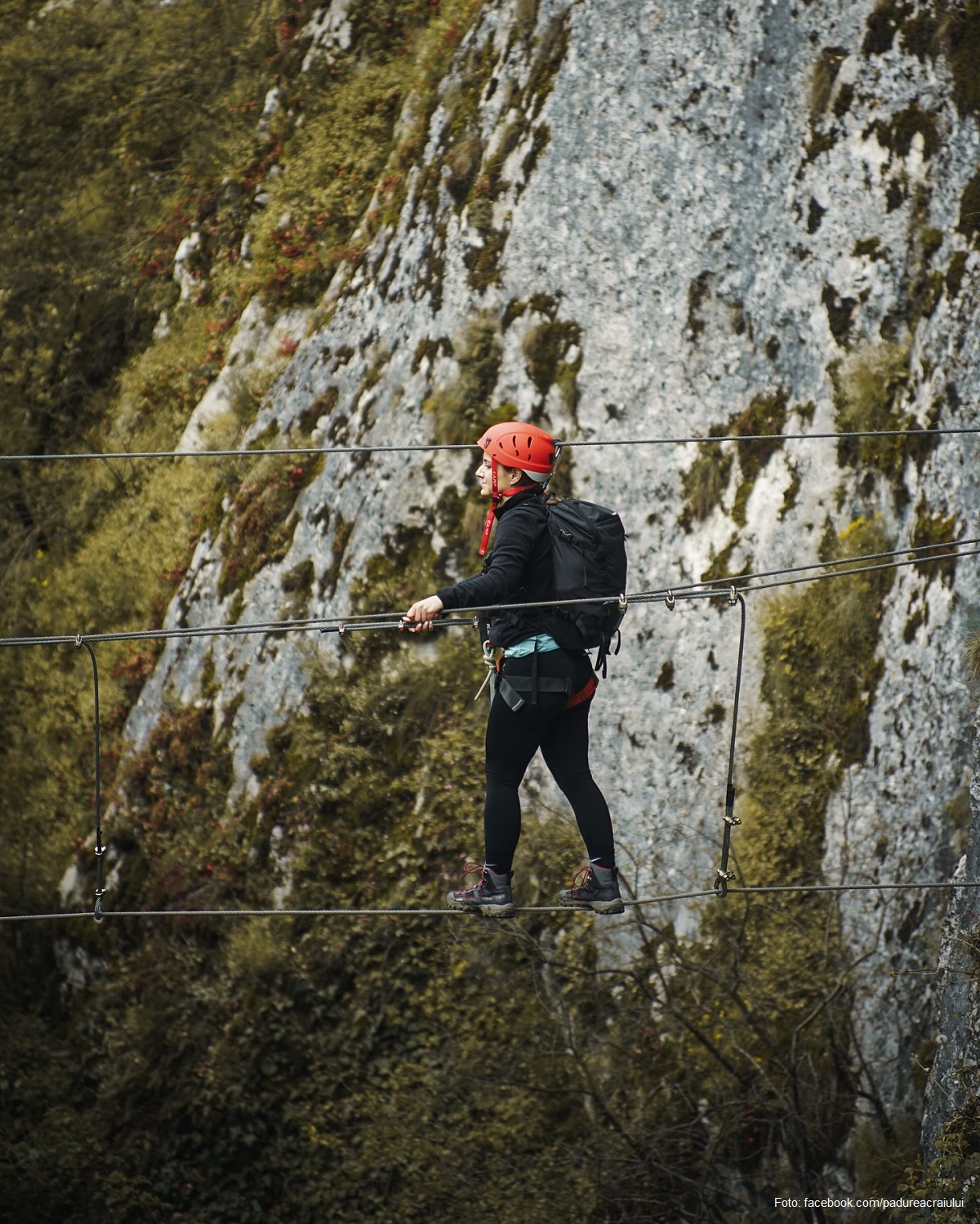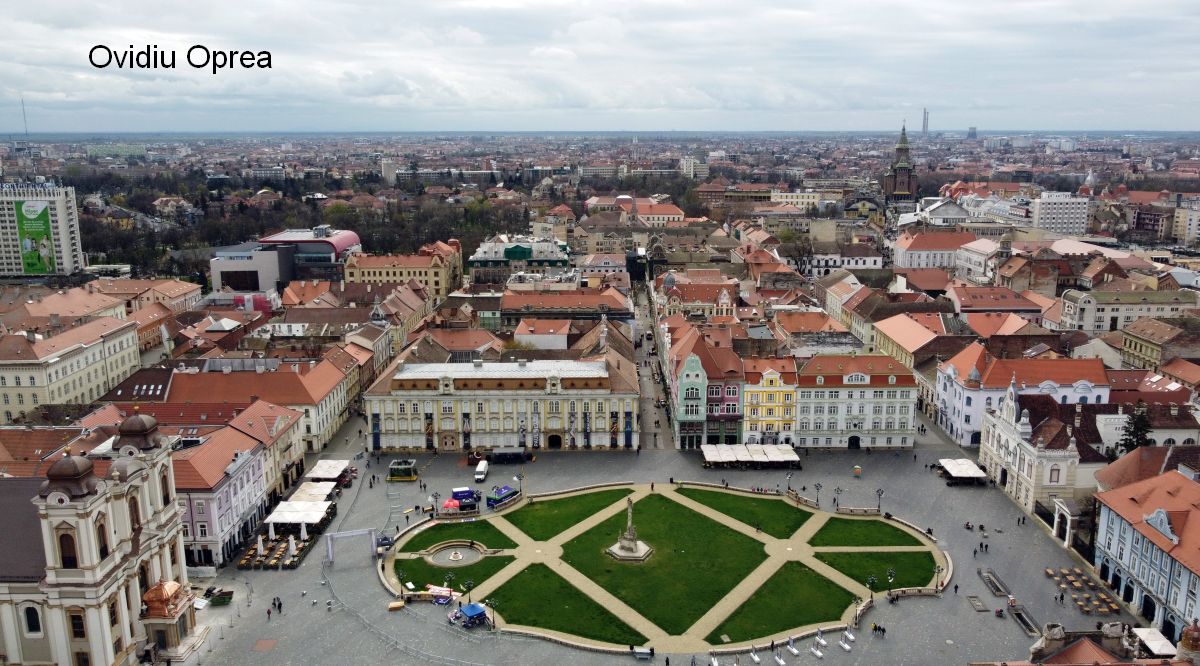Tourist attractions in Bistrita-Nasaud County
Join us on a trip to Bistrita Nasaud county

Daniel Onea, 30.05.2019, 12:10
Today we invite you to join us on a trip to Transylvania, more specifically to the Bistrita Nasaud county. We will first stop in the town of Bistrita, to then travel further to the Sangeorz Spa and the mountain region. Here you can horse-ride, follow the tracks of Count Dracula or just relax by the storage reservoir.
Ovidiu Bozbici is a councillor with the Tourism Education Department of the Bistrita Municipality and he has told us that the town of Bistrita was first mentioned in historical documents back in 1241, when the Tartars came from Moldavia and invaded Transylvania, starting with Bistrita:
“Old manuscripts show that, back then, the Tartars killed some 6,000 inhabitants, which is evidence of the fact that it was a town with a rather dense population. This is the northernmost Saxon town in Transylvania, one of the seven inhabited citadels in Transylvania established by Saxons. They mainly came from the Moselle Valley and Luxembourg. At first, the establishment was named Nosa, and the first time it was documented as Bistrita or Bistricea, was in 1264. As it is on the border with Moldova and on the border with Transylvania, it was given the name of Transylvanias Gate. We also have a mascot here, the ostrich. In the medieval times, the bird was hardly known, and it was believed to be the only living creature that can digest iron. And that was actually the logo on the helmet of the Hungarian King Louis I of Anjou, who, in 1363, granted Bistrita the status of royal free town, and the right to host a two-week fair, in the month of August.
Currently, the town of Bistrita is a modern and quiet settlement, but its old monuments stand proof of its rich past. Here is Ovidiu Bozbici telling us what one can visit just by strolling through Bistrita:
“I would start with the old Minorite monastery, which is now an Orthodox church. It was built in 1270 and it is the oldest church in Bistrita. It used to be a Franciscan monastery, then a Catholic church, and now its Orthodox. Then, we have the main symbol of the town, the Evangelical Church, which was built in the 14th century, on the ruins of an old church built in the Roman style. In time, it has been subject to several alterations. The last one, which gave it its present-day look, occurred between 1560-1563, and rendered it a Renaissance style. The works were carried out by an Italian master, known as Petru Italus. The church has a 76 m high tower. It is the tallest stone tower in Transylvania. Ample reconstruction works started in 2008, as the church and its tower were damaged by fire. Actually that was the second fire, after the one in 1857. Today, tourists can admire the view from an altitude of 40 meters. Also worth visiting is the Silversmiths House, which hosts the German Cultural Center. It was built by the same man who renovated the church in 1560.”
Those who can indulge into a longer vacation can head towards other places in the county, and the list is quite long, as Ovidiu Bozbici told us:
“We have the Tihuta Pass, with its Dracula Castle Hotel, on the border with Suceava County. The castle has a crypt, where from each evening Count Dracula emerges; impersonated by an actor, of course. We also have the beautiful Piatra Fantanele Monastery, located in the heart of the mountains. In winter, the area is also good for skiing. Then, we definitely recommend Sangeroz Bai, which is a spa resort famous for its mineral waters, which treat stomach disorders in particular. It is located 50 km from Bistrita, at the foot of the Rodna Mountains; then, the Tausoare Cave, which two years ago had the longest gallery in Romania. We also have castles and Evangelical churches.”
Many tourists, however, choose to head towards the Calimani Mountains, more specifically to Colibita. Colibita is a small mountain village, with only 600 inhabitants. Though small, it has 24 accommodation facilities, as many people are interested in visiting this beautiful place. It used to be a spa resort, between 1923 and 1975. The stories told by those who got cured from tuberculosis have been confirmed by a study commissioned by the Bistrita-Nasaud County Council, aimed at checking whether the air in Colibita is truly special. The Colibita storage reservoir is located at an altitude of 900 m, and it covers an area of 270 hectares, along 13 km. Besides the beauty of its landscapes, Colibita is famous for its craftspeople and also for the very good food there.
Andreea Spanu is a tourism agent with the Bistrita Bargaului Tourist Information and Promotion Centre and she told us more:
“First of all, we have the balmos, the shepherds hot cheese and potatoes pie, which is famous in the area. Then, we have a bread baking workshop, organized by a local lady. Then, of course, hiking is a must, and there are routes for all kinds of tourists, be they beginner hikers or experienced mountaineers. The toughest route is the one that leads to the Bistricior Peak, at an altitude of 1990 meters. In Bistrita Bargaului there are several ladies who sew traditional costumes and also make traditional rugs and carpets. Then, in the nearby village of Tureac lives a furrier, also well known for his craft. His coats are extremely beautiful and it takes up to three months to finish one.”
The little village in the mountains is also rich in events, as Andreea Spanu told us:
“In August, we have the Via Maria Theresia marathon, followed by the cycling festival and the Colibita Folk Fest. There are many occasions on which tourists who come here can see what authentic Romania is really like, and how it feels to ride a traditional carriage or eat freshly picked forest berries.”
(translated by Mihaela Ignatescu)






























